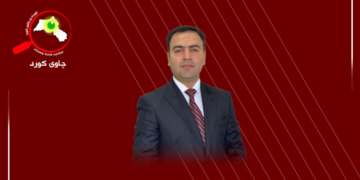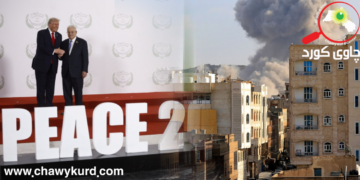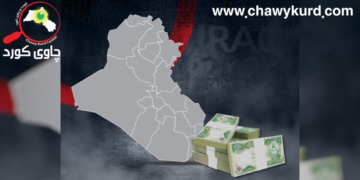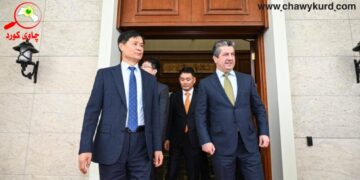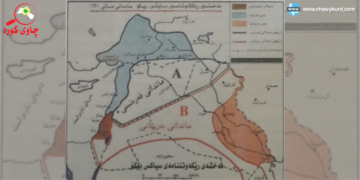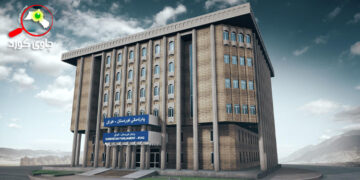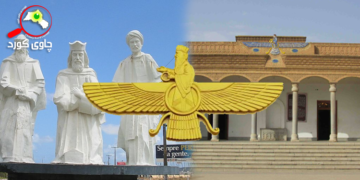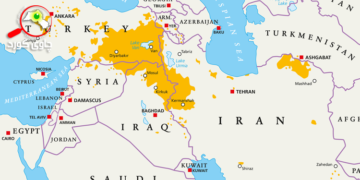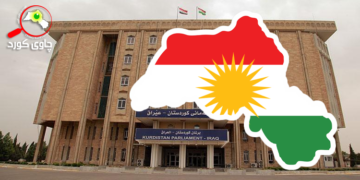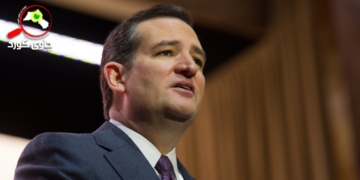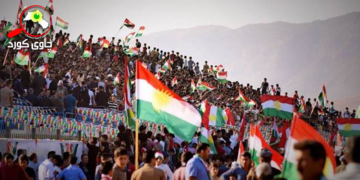The presence of US troops in Iraq has been a key issue of US foreign policy since the 2003 invasion. During the years, the roles and numbers of these forces have changed in response to changing political, security and strategic considerations. As Iraq continues to go through post-conflict reconstruction and growing regional dynamics, the future of the US military presence in the country remains an significant issue. This piece of writing aims to analyze possible future scenarios for US forces in Iraq. Meanwhile, it paints a comprehensive picture of the future of US forces in Iraq.
Background; Historical Context
The US invasion of Iraq in 2003 marked the beginning of a delayed military war aimed at overthrowing Saddam Hussein’s regime and establishing a democratic government. The initial phase saw a significant deployment of U.S. forces, culminating during the 2007 “surge” aimed at countering the rebellion and stabilizing the country. The following years gradual decline in the number of military units was in planning, and then concluding in the official withdrawal of US combat forces in 2011. However, the upsurge of ISIS in 2014 necessitated a renewed military intervention, leading to the deployment of US troops under the name ‘Operation Inherent Resolve’.
Current Situation
By 2024, about 2,500 US troops remain in Iraq, primarily to train, advice and assist Iraqi security forces. The security situation has improved significantly since the defeat of ISIS, but challenges persist, including the presence of militia groups, political instability and regional tensions. The Iraqi government continues to rely on US support for security and counter-terrorism efforts, while expressing its desire to consolidate the sovereignty of the federal state.
Possible Scenarios
Here are three different scenarios for the future of US forces in Iraq:
- Complete withdrawal; the complete withdrawal of US troops will have a significant impact on Iraq’s security and regional stability. It could make a power vacuum that could be exploited by extremist groups or regional powers, but it would allay Shiite concerns and reduce the financial burden on the United States.
- Continued military presence; reducing troops, but maintaining them, can help ensure stability and support Iraqi security forces. This scenario would require a clear mandate and strong diplomatic efforts to address sovereignty issues and reduce anti American sentiment.
- Increased military participation and presence; Expanding the US military presence and involvement in Iraq could enhance security guarantees and include countering regional threats. However, this approach carries the risk of escalating conflict and increasing the financial and human costs for the United States.
Conclusion
The future of US forces in Iraq is a complex and multifaceted issue with significant implications for both the country and the region. By carefully considering political, social and economic factors, policymakers can make careful decisions that promote stability and security. Pursuing a balanced approach that combines the military presence of US forces with strong diplomatic efforts and support for Iraqi self-sufficiency is essential to achieving long-term stability in Iraq.





